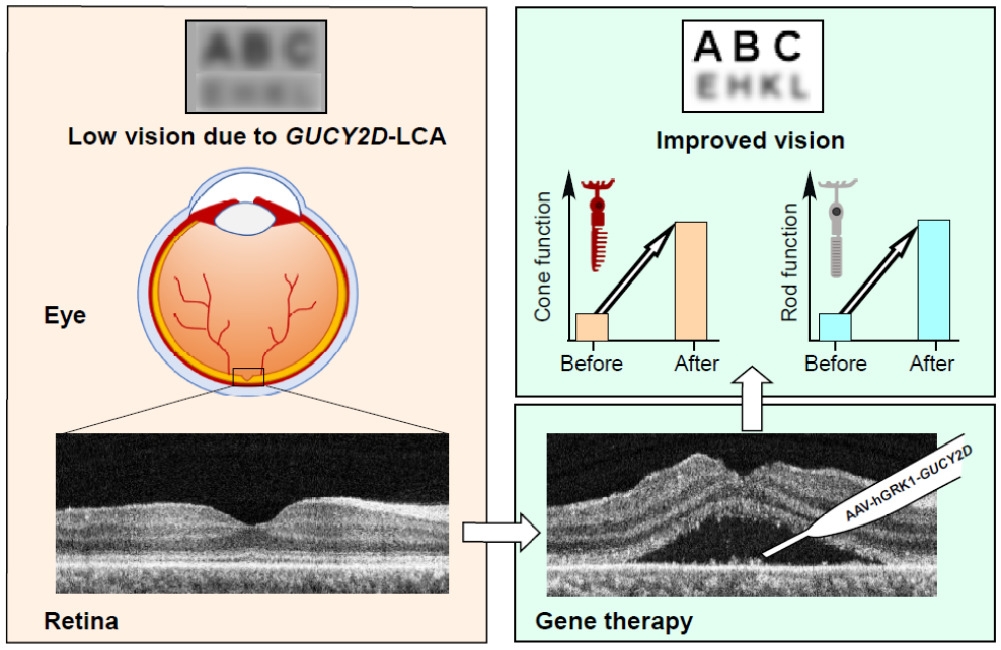A 3D-printed implant is ready to go in a couple of hours
The ability to create your own replacement curtain rings, door knobs or even a custom chess set at home using a 3D printer like the Replicator or the Cubify 3D printer has the potential to knock global production models on their heads. Such advances are certainly impressive but not quite in the same league as those being made in the field of medicine. We’ve already seen small bone-like objects printed by Washington State University researchers, and now an 83-year old patient with a serious jaw infection has become the first person to receive a full 3D-printed titanium lower jaw implant. Amazingly, the combined effort by researchers and engineers from Belgium and the Netherlands is said to have allowed the patient unrestricted mandibular movement within a day of surgery.
The researchers say that the implant’s recipient had suffered from the progressive infection for some time, which had caused a large wound on her face. Microsurgical reconstruction was considered as a possible solution, but would have meant long hours on the operating table followed by an extended stay in hospital. Removal of just the damaged bone was also an option but there would have been so little remaining in this case that the jaw could not have functioned properly. It was therefore deemed necessary to remove the entire lower mandible and replace it with an implant.
Prof. dr. Jules Poukens, Prof. dr. Ivo Lambrichts, and Dr. Ingeborg van Kroonenburgh from the Functional Morphology research group of the University of Hasselt’s BIOMED research institute worked with Dr. Ir. Michäel Daenen from the Xios University College (Belgium), Prof. dr. Jos Vander Sloten from the Catholic University of Leuven (Belgium), Maikel Beerens from Xilloc Medical BV (the Netherlands) and engineers from the Oral and Maxillofacial Surgeons of the Orbis Medical Center (the Netherlands) on the design and implementation of the implant. The actual 3D-printing used additive laser melting technology and was undertaken by LayerWise NV of Belgium. Other implant production methods are said to take days before an implant is ready to be used, whereas a 3D-printed implant is ready to go in a couple of hours.
Read more . . .
Bookmark this page for “3D-printed body parts” and check back regularly as these articles update on a very frequent basis. The view is set to “news”. Try clicking on “video” and “2” for more articles.









